
It should have been a sign to all when the fish died.
Some paid attention. Others ignored the carnage, citing “natural causes” or an isolated event. A few started asking questions. And eventually, the problem that had been staring everyone in the face for years became undeniable.
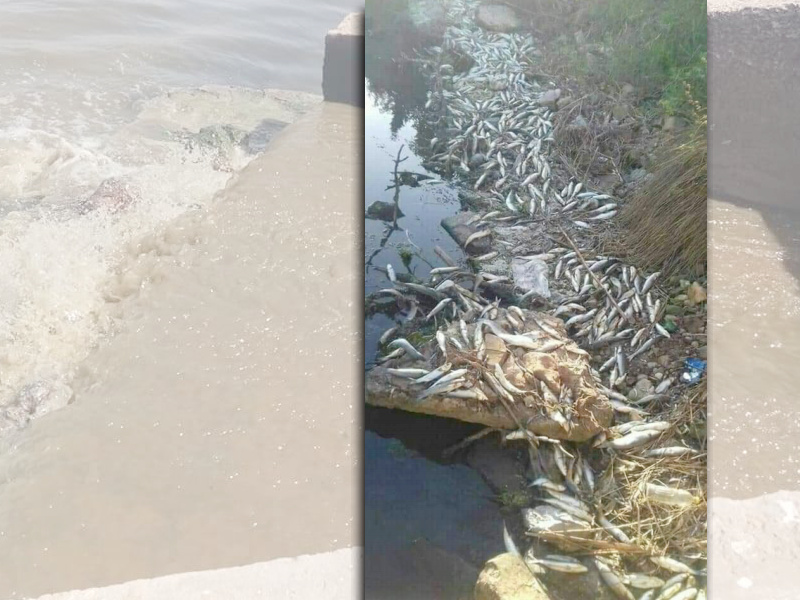 photo credit: Zouhair Zemmouri
photo credit: Zouhair ZemmouriThe Oum er Rbia River downstream from Azemmour reeks with pollution. Reports of irritated skin and eyes after swimming in its waters took on new significance after the widespread fish kill. Residents began taking a hard look at the altered course of the river, the direction of its currents, and the fact that water originating from high in the Atlas Mountains of Morocco can no longer empty into the sea. The mouth of the river has been completely blocked by a mountain of sand and the flow simply stagnates.
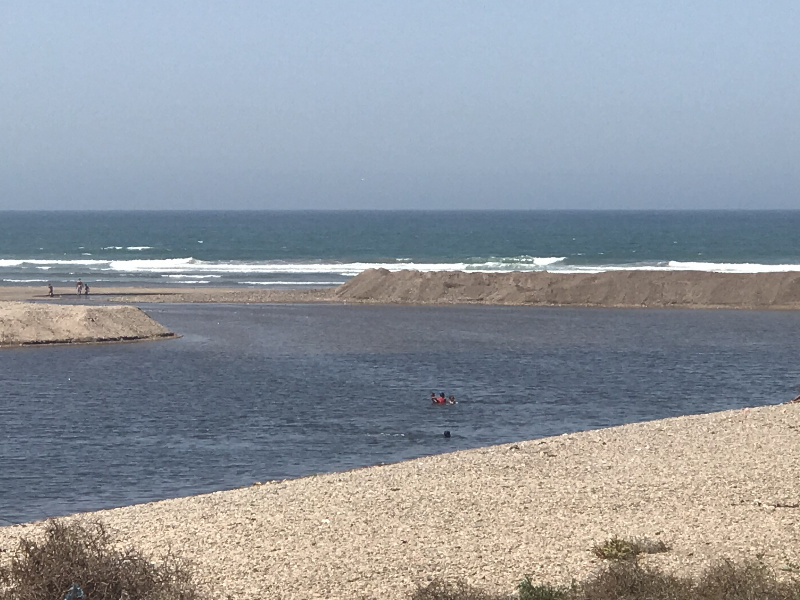
How did this happen? Gross lack of foresight, for one thing, when the mining of sand for industrial use weakened the riverbanks and caused a collapse of natural dunes near the mouth of the river. Then the force of tides and weather phenomena did the rest. Over time, the river became completely blocked for the first time in history, and every form of life upstream suffered.
The depletion of natural sand formations along the Atlantic coast near the mouth of the Oum er Rbia is not the worst of sins committed against this river. Sewage from Azemmour pours by the millions of gallons into the river every day, raw, untreated sewage that lacks proper filtration or study for its effects on the environment.
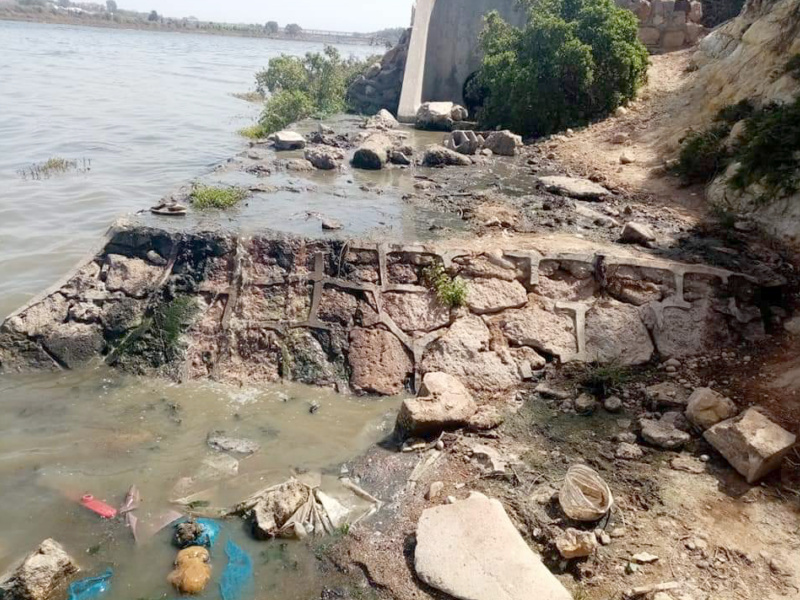 photo credit: Zouhair Zemmouri
photo credit: Zouhair ZemmouriLayer upon layer of toilet paper and human waste line the banks of the river, turned into a pulpy sludge that is solid enough to suffocate all living things underneath it and to support the weight of large birds.

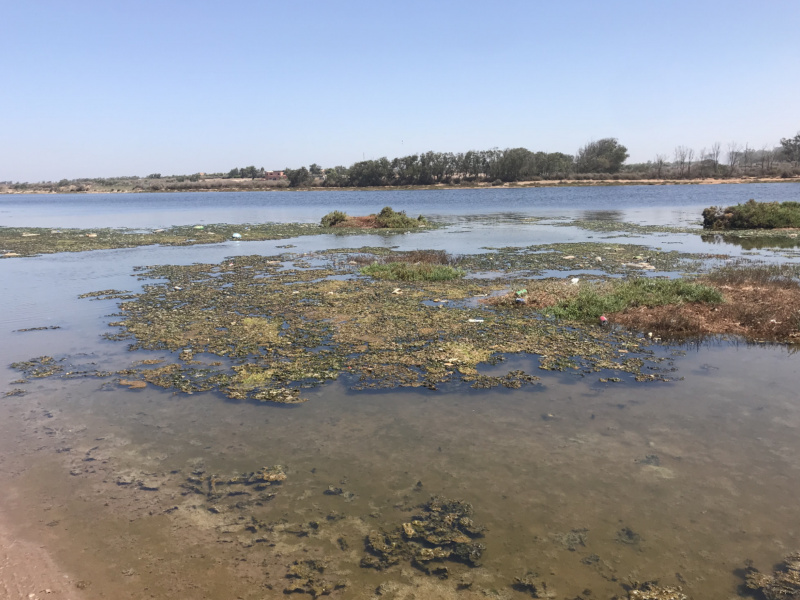
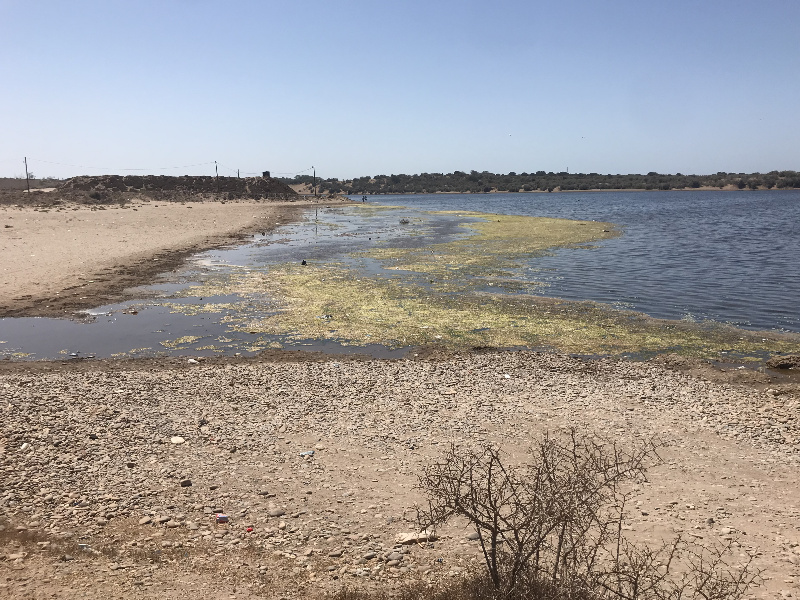
Fishermen who earn their livelihood from the river are losing income and sustenance for their families.
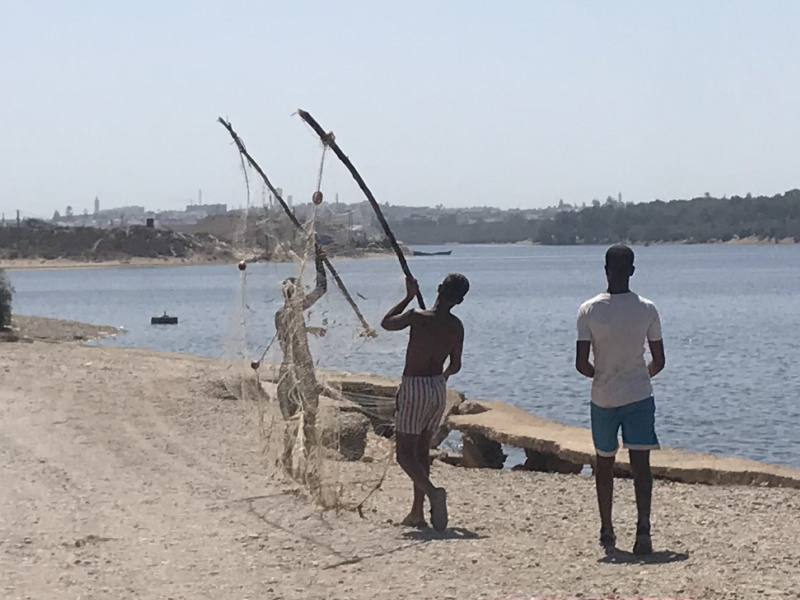
Tourists are avoiding the area. Rowboat operators and cafe owners along the river are seeing a decrease in customers.
 photo credit: @achaab
photo credit: @achaab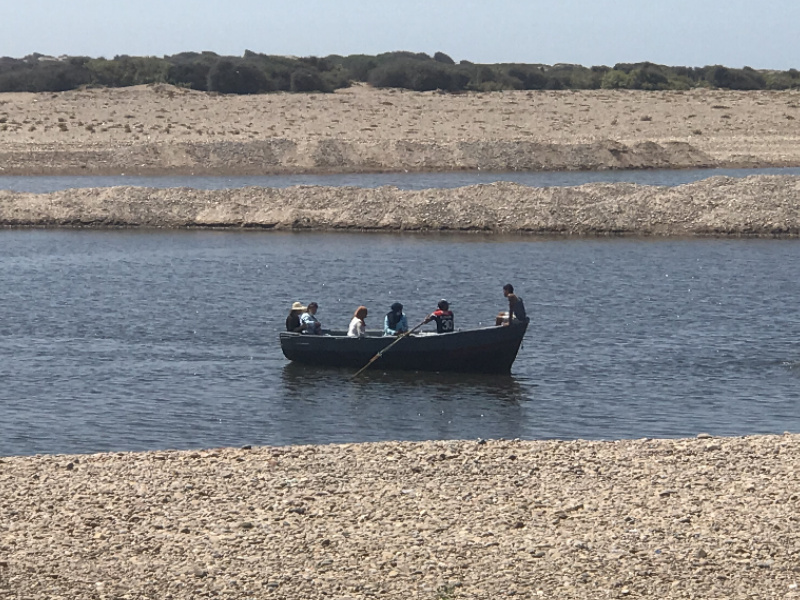
The situation has potential to be one of the worst environmental disasters in North African history, and so far, it’s being largely ignored by both local and national officials.
A glimmer of hope flickered recently when the Moroccan Minister of Transport, Logistics and Water promised to look into this. He allegedly stated that his ministry does not specialize in wastewater issues but confirmed that representatives of his ministry met with El Jadida officials and workers to discuss the problem. Currently, several construction rigs are working to move sand from the mouth of the river to allow mingling of sea water and egress of currents into the ocean, but the amount of wastewater is far greater than any flow of natural water they can re-establish.
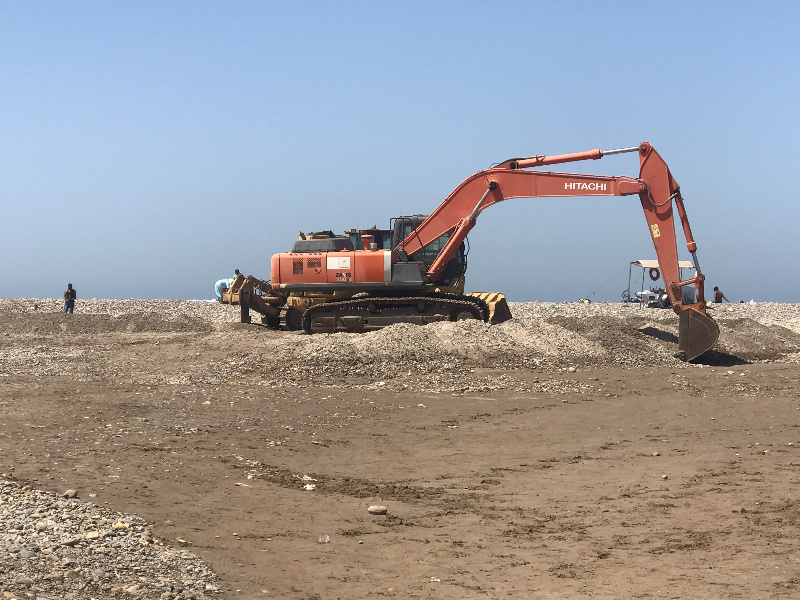
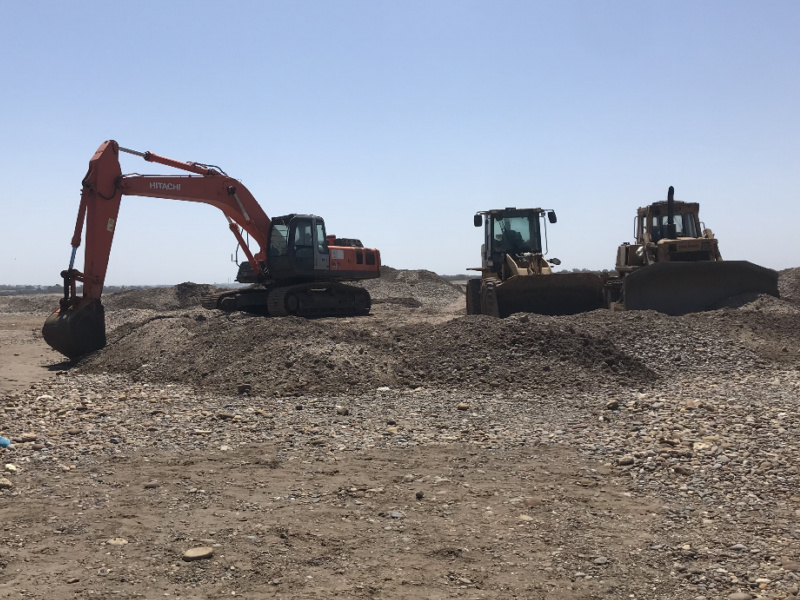
The spillway from river to ocean is still narrow enough and shallow enough for people to walk across.
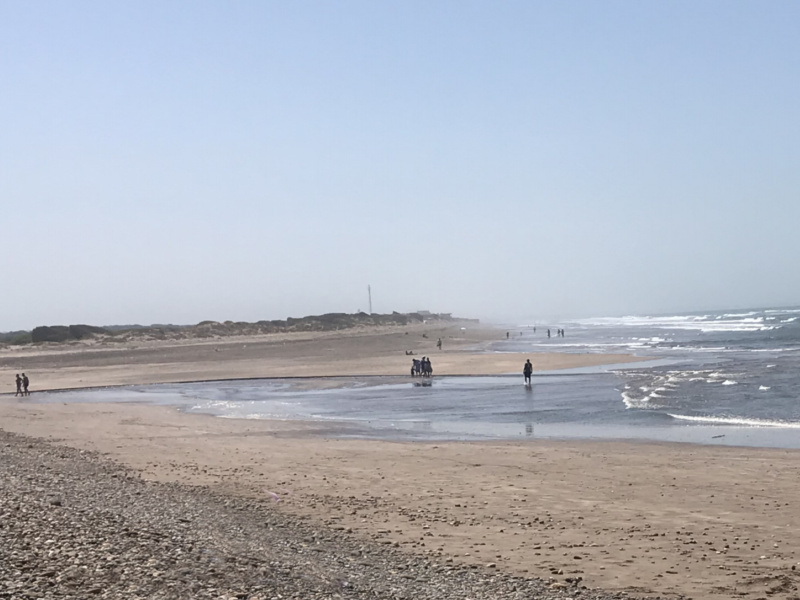
At one time, the Oum Er Rbia waters filled the entire basin visible in the above photo and following video.
Social media buzzes with conversations about the pending disaster, but so far there has been only limited official communication. Twice monthly, advocates for the river have agreed to meet in downtown Azemmour and march to raise awareness of the situation. The people who live and work near this river want to see its natural beauty and function restored.
How long will it take before environmentalists with influence respond?
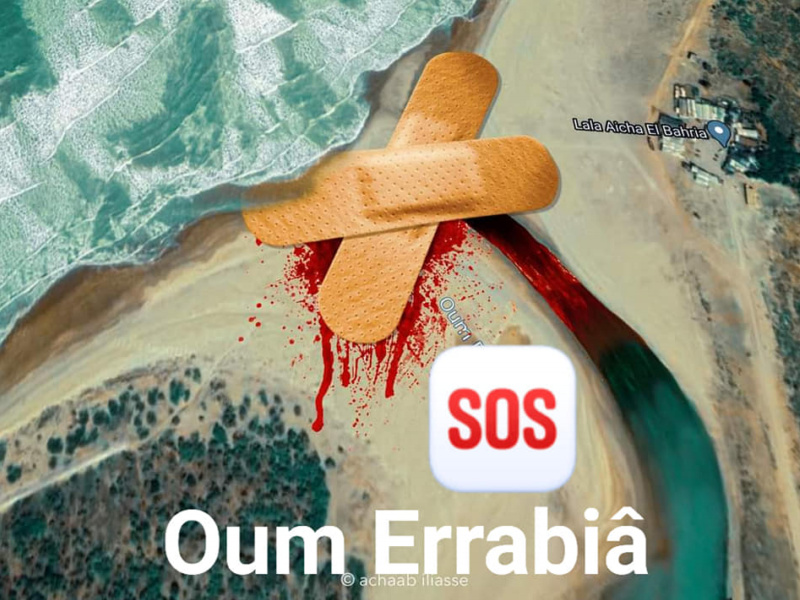 photo composite: @achaab
photo composite: @achaab